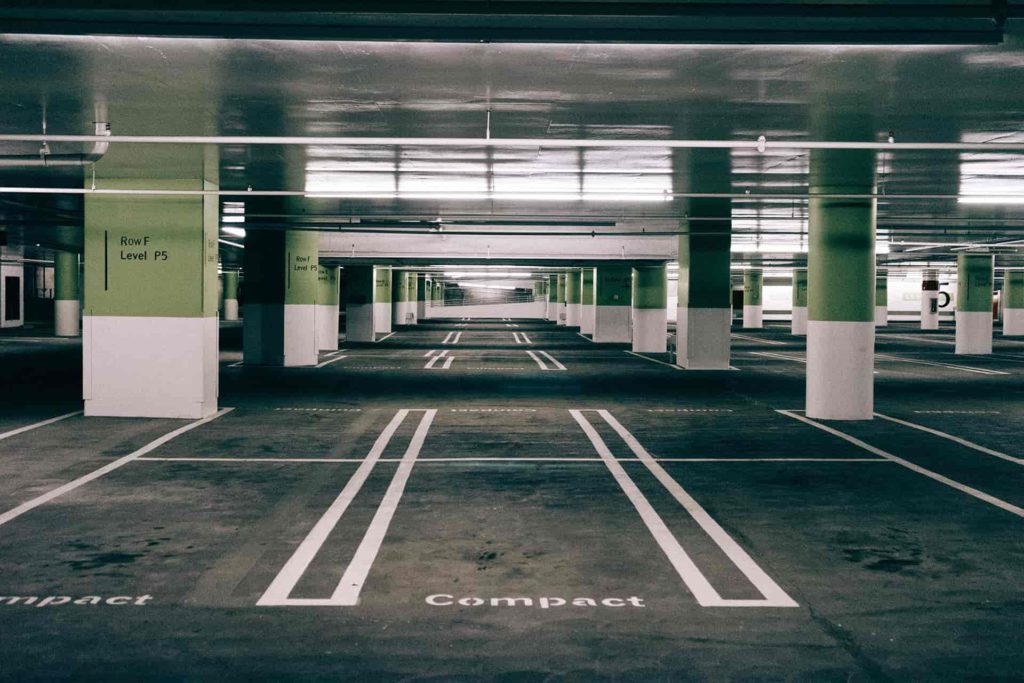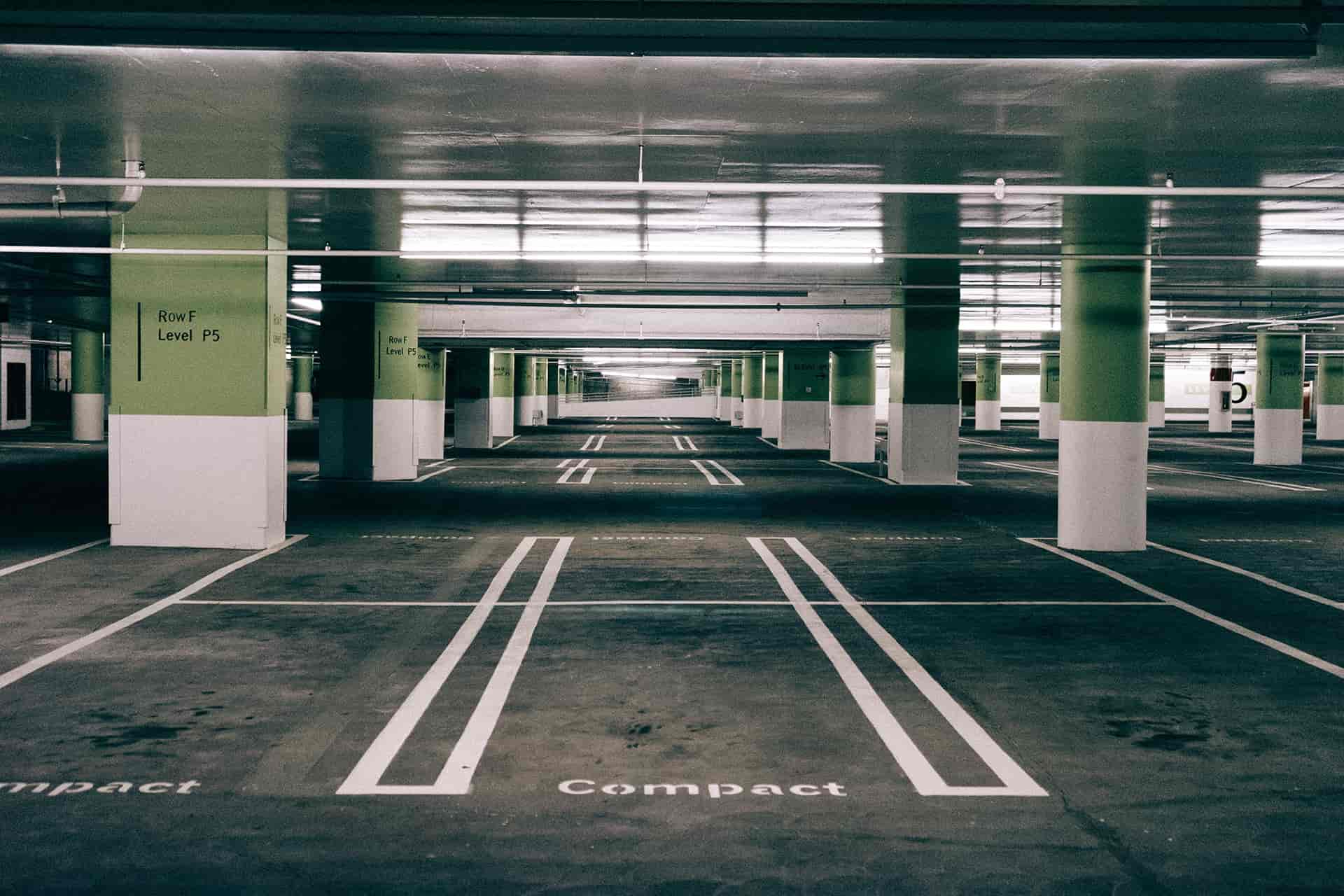Future Proofing Garages With Smart Parking
In the near future, parking garages as we know them may become obsolete. With autonomous vehicles becoming an inevitable reality, there is a need to future proofing garages through the use of technology.
Making garages smart will enhance security, save time for users, and provide lot owners with a wealth of data to manage and track employees and customers.

Future-proofing buildings with smart parking
Smart parking garages use sensors, cameras, digital signage, and software to collect vehicle and parking data. At the entrance, a magnetic loop detector signals the vehicle’s presence and a camera takes a picture of the car’s license plate. The plate number is stored in the system along with other data such as time and date of entry, parking space allotted, the driver’s picture, etc. Ultimately, this data is processed to improve space management, guide drivers, and interact with other building technology.
Once the car enters the facility, the system allocates a spot. Each spot has an occupancy sensor and a light to provide information on vacant spaces. The allotted parking spotlights up and uses digital signage to guide the driver. Once the car pulls into the parking space, the sensor notifies the system of the occupancy. When the car is moved out of the parking space, the digital signage directs the car to the exit. The license plate is scanned once again and the duration of parking is calculated and logged. A digital sign then displays the charges and payment is done automatically for pre-paid users.
Smart parking garages thus help in efficient parking by providing real-time management data on the number and location of parking spaces. Drivers no longer need to search for space, thus reducing emissions and saving time. Business owners benefit with management and occupancy reports, listing frequent cars using the facility, the number of entries into the facility each day, etc.
The idea behind smart parking garages is to allow more customers to experience hassle-free parking and enable owners to manage their parking assets more efficiently. It is also a way to future-proof the buildings against the next wave of electric and eventually driverless vehicles. At Volkswagen’s Autostadt, fully automated high-rise stacks house up to 400 cars. At 2 meters per second, new vehicles are transported up to a height of 60 meters in less than 2 minutes.
Creating versatile parking structures
With a shift in transportation – ride-sharing, autonomous vehicles, and alternative transportation – urban planning is set to experience an overhaul. If car ownership does actually decline in the future, developers and parking lot owners need to see the wisdom in building future-proof parking structures that can be repurposed.
Future proofing garages structure can be converted into offices, recreational areas, or even a residential structure. In fact, future-proof structures are not as expensive as they may sound. The up-front cost is virtually the same as a traditional parking garage. A future-proof structure is essentially an insurance policy against obsolescence and irrelevance. Denver’s World Trade Center houses more than 700 above-ground parking spaces, all of which were designed to convert into an office, residential or retail space according to future needs.
Final words
Smart parking systems improve the functionality and value of garages. With driverless cars reducing the need to park in the city, parking spaces will need to be converted for better uses. Smart parking will empower parking owners to manage their space cost-effectively and maximize yield and value from their parking assets. In the future, technology’s influence on how we work, live and even park our cars will only increase. Making cities more livable will thus need a wholehearted adoption of smart technology.

